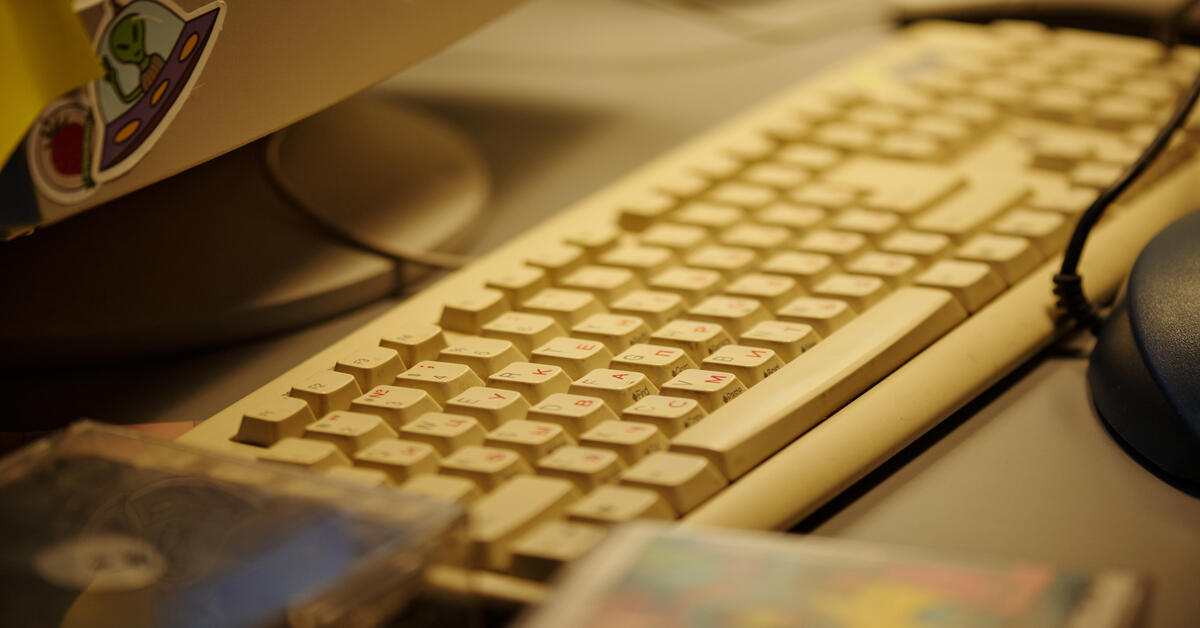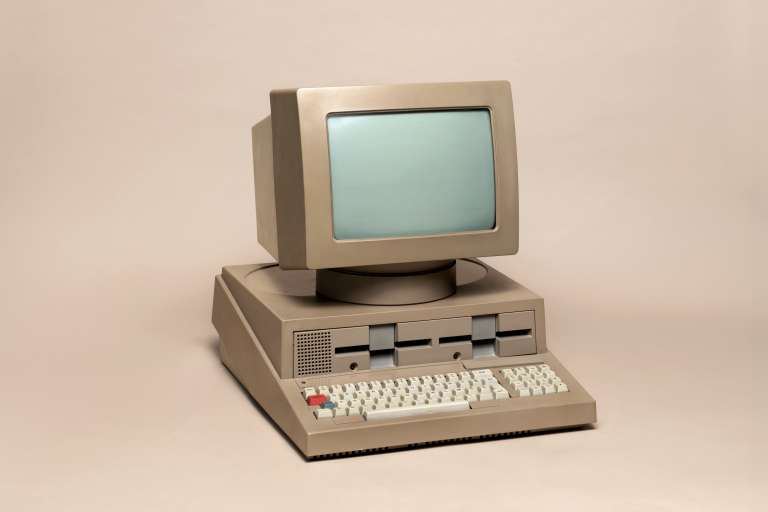Vintage hardware in a highly modernized technological environment is the sign of nostalgia in the spirit of innovation of the first generation of computer technologies. Classic computers are not only things of the past but they are milestones which have led to modern technology. To the enthusiast, collector and the tech historian, the experience of these old machines provides an exclusive insight into the history of computing. One of the blogs discusses some of the finest vintage hardware- classic computers that any technology enthusiast must visit.
The Timeless Appeal of Vintage Hardware
The nostalgia is something special in vintage hardware. These vintage computers played a significant role in influencing the technological world, and they launched innovative features that formed the basis of the current technology. From the early experiences of the graphical user interfaces to the adoption of the personal computing to normal life, the vintage machines are the pages of the history of invention, innovation and never giving up aspect of progress.
We are going to take a tour of our list of the best classic computers and find out how each one has a historical interest, their special characteristics, and how they have managed to endure the ages to be treasured by collectors and enthusiasts.
1. Apple I (1976)
One of the most famous vintage hardware designs is the Apple I created by Steve Wozniak and sold by Steve Jobs. This machine was a radical change in personal computing as it was one of the first completely assembled computers to get into the market. It also had a 1 MHz MOS 6502 processor and 4 KB of RAM, and was expandable to 8 KB.
The influence of the Apple I in the world of technology is difficult to overestimate. It gave the foundation of the Apple brand and the new innovations that were to come after, which were Macintosh and iPhone. The Apple I is an extremely interesting historical artifact as it has become a valuable collector object today, going on sale at more than 400,000 dollars.
2. IBM PC 5150 (1981)
IBM PC 5150 is the father of the modern personal computer. This computer was the standard setter of PC architecture with its Intel 8088 processor and capability to support MS-DOS. The 5150 presented the open architecture model and this enabled third-party developers to develop compatible software and hardware.
IBM PC 5150 has a very rich legacy; it made IBM a market leader in the computing business and made many other companies embrace the PC model. The 5150 is a valued collectible in modern times due to its role in the development of the software ecosystem and personal computing.
3. Commodore 64 (1982)
The Commodore 64 (C64) is commonly regarded as one of the biggest selling personal computers ever sold reaching a total of over 17 million units globally. The C64 was a staple to both game players and programmers due to its phenomenal graphics and sound capabilities.
C64 with a 6510 processor and 64 KB of RAM provided a greatly diverse array of software, such as games, productivity and learning programs. It was a favorite and user-friendly machine that democratized access to computing and remained very loved by its fans.
4. Atari ST (1985)
The Atari ST series is remembered due to its radical graphical user interface and MIDI, which were attractive to musicians and artists. With an optional 512 KB to 4 MB of RAM and a Motorola 68000 CPU, the Atari ST was strong in its time.
The impact of the Atari ST to the music industry is also massive and it was largely used in music production. Its MIDI ports enabled musicians to have synthesizers and other equipment connected to it making it an essential part of the digital music production development.
5. Macintosh 128K (1984)
The user-friendly Macintosh 128K by Apple transformed the personal computer market by introducing a user-friendly and graphical interface and navigation using a mouse. Being the first successful mass market personal computer that had a GUI, it has made computing easier and accessible to most people.
6. Tandy TRS-80 (1977)
One of the earliest personal computers to enter the mass market and have a big impact on the early home computer market was the Tandy TRS-80, also known as the Trash 80. It had a Zilog Z80 processor and different RAM options and was reputed to be cost effective and affordable.
The TRS-80 was also characterized by a large software library with both educational and game software programs. Its impact on home computers also contributed to popularizing computers in schools and homes and thus it is a very important aspect of computing history.
7. NeXT Computer (1989)
NeXT created some of the most sophisticated computers in its era after its creation by Steve Jobs, who left Apple to start it the next day. The NeXT Computer had a Motorola 68040 processor and introduced such innovations as a built-in optical drive and a UNIX-based operating system.
8. Sony PlayStation (1994)
Although it is more of a gaming console, the Sony PlayStation has transformed the gaming industry and has exposed a lot of people to the world of 3D graphics and CD-ROM technology. The PlayStation established a new level of gaming experience with a speed of 33.8688 MHz MIPS R3000 processor and 2 MB of RAM.
It has had an overwhelming influence on the gaming industry through which developers use it to develop immersion gaming experiences. PlayStation still has a legacy in the design and functionality of the current gaming systems and is an important aspect of technology history.
9. HP 3000 (1972)
One of the earliest minicomputers to provide multitasking was the HP 3000, which was intended mainly to be used in business applications. It had a 16-bit architecture and was reputable in the reliability and performance in the enterprise environment.
The impact of the HP 3000 on enterprise computing was immense and it gave the business an influential tool in processing and managing data. Its legacy is transmitted by a number of solutions of HP enterprise today exhibiting the development of business computing..
The Enduring Legacy of Vintage Hardware
Using the devices of the past gives us the ability to enjoy the technological innovations that have brought the world to what we know today. All these vintage computers have been crucial in the development of the technology, as a reminder of the inventiveness and creativity which characterized their time.
In a world we are living in where technology keeps developing at a faster rate than ever before, we have the idea of the vintage computers that remind us of the ingenuity and enthusiasm that fuels innovation. They do not only remain as relics; they serve as an access point to the past to encourage the people in the future to arouse curiosity, innovate, and develop.







Leave a Comment